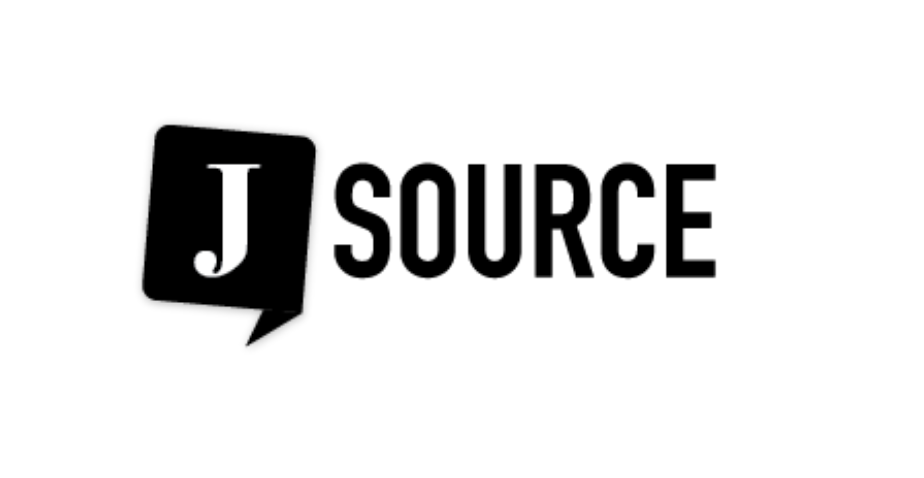TV debates: setting the rules of the game

Who’s afraid of six chairs? Greece’s debate line-up.
Photo by Ferengi/WikiCommons.
Elizabeth May’s exclusion from the televised leaders’ debate has observers calling for a clear set of rules. But let’s not go overboard. The U.K.’s first-ever TV debate featured 76 rules on everything from audience selection to applause.
After some argument, Ireland went ahead with a five-way debate, although critics argued the tightly bound format ensured boredom ruled. Greek broadcasters weren’t afraid to set out six podiums, including one for the Greens. But they followed up with a PM versus opposition leader debate the next evening, a format some want for Canada. French journalists called for scrapping a TV debate featuring an extreme right-wing candidate, arguing that giving racism a platform is irresponsible. So far the world’s biggest democracy, India, has decided there’s not enough podiums to go around.
The U.S. Commission on Presidential Debates decrees parties must be polling at a minimum 15 per cent to take the stage. During the 2008 election, the citizen’s group Third Party Ticket promoted public debates among the rest. A rival Citizens’ Debate Commission wants to take control of official debates.
In the ‘rule for everything’ department, Australians question whether or not to allow real-time polling during the debate, while Americans argue over texting. But whatever the question, you can be sure letting politicians in on rule-setting is a recipe for message control. Bulgaria’s moderator decided to bend the rules, arguing, “Sometimes it is more important to hear what the person has to say.” Indeed, witness how Mahmoud Ahmadinjad’s angry off-the-wall performance galvanized Iranian citizens against him. Perhaps he deserves a place in the Daily Beast’s video gallery of nine outrageous debate blunders.
TV debates: setting the rules of the game

Who’s afraid of six chairs? Greece’s debate line-up.
Photo by Ferengi/WikiCommons.
Elizabeth May’s exclusion from the televised leaders’ debate has observers calling for a clear set of rules. But let’s not go overboard. The U.K.’s first-ever TV debate featured 76 rules on everything from audience selection to applause.
After some argument, Ireland went ahead with a five-way debate, although critics argued the tightly bound format ensured boredom ruled. Greek broadcasters weren’t afraid to set out six podiums, including one for the Greens. But they followed up with a PM versus opposition leader debate the next evening, a format some want for Canada. French journalists called for scrapping a TV debate featuring an extreme right-wing candidate, arguing that giving racism a platform is irresponsible. So far the world’s biggest democracy, India, has decided there’s not enough podiums to go around.
The U.S. Commission on Presidential Debates decrees parties must be polling at a minimum 15 per cent to take the stage. During the 2008 election, the citizen’s group Third Party Ticket promoted public debates among the rest. A rival Citizens’ Debate Commission wants to take control of official debates.
In the ‘rule for everything’ department, Australians question whether or not to allow real-time polling during the debate, while Americans argue over texting. But whatever the question, you can be sure letting politicians in on rule-setting is a recipe for message control. Bulgaria’s moderator decided to bend the rules, arguing, “Sometimes it is more important to hear what the person has to say.” Indeed, witness how Mahmoud Ahmadinjad’s angry off-the-wall performance galvanized Iranian citizens against him. Perhaps he deserves a place in the Daily Beast’s video gallery of nine outrageous debate blunders.
[node:ad]
Patricia W. Elliott is a magazine journalist and assistant professor at the School of Journalism, University of Regina. You can visit her at patriciaelliott.ca.

